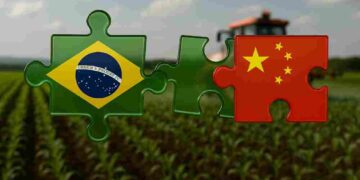Rising Input Costs Clash with Stable Commodity Markets
According to the latest analysis by Itaú BBA, global fertilizer prices have risen significantly in 2025, intensifying pressure on producer margins, as agricultural commodity prices remain largely stable or have declined. This divergence is severely impacting the terms of trade for rural producers.
Key Fertilizer Price Trends
- Potassium chloride (KCl): Up 24% year-to-date, including a 5.2% increase in April and a further 2.8% in early May, now reaching US$ 365/ton.
- Monoammonium phosphate (MAP): Gained 6.9% in April and 2.5% in early May, peaking at US$ 717.50/ton at Brazilian ports.
- Urea: Surged 9% in April; partially corrected with a 1.9% drop in mid-May, though prices remain elevated.
Despite the spike in input costs, core commodities such as soybeans, corn, and wheat have shown little price recovery, exacerbating economic stress for farmers.
Market Drivers: Demand and Supply Imbalance
Itaú BBA notes that fertilizer demand remains firm, while global supply chains remain tight, fueling the international price rally. Even macronutrients that exhibit less pricing pressure are now experiencing exchange rates above historical averages, contributing to a costly planting season.
The situation is reminiscent of the 2022 input crisis triggered by the Russia-Ukraine conflict, when fertilizer access and pricing became global challenges. For many producers, current fertilizer affordability is near the lowest levels observed during that peak crisis.
Outlook: China’s Role and Market Uncertainty
There is cautious optimism around the resumption of Chinese exports of nitrogen and phosphate fertilizers, which had been curtailed in favor of domestic supply priorities. The release of surplus volumes may bring some relief, but analysts stress that this is unlikely to prompt substantial price drops in the short term.
The sustained rise in fertilizer costs, without parallel gains in crop revenues, continues to compress producer margins and highlights the urgent need for strategic input management, including purchasing timing, local sourcing, and government policy support.












